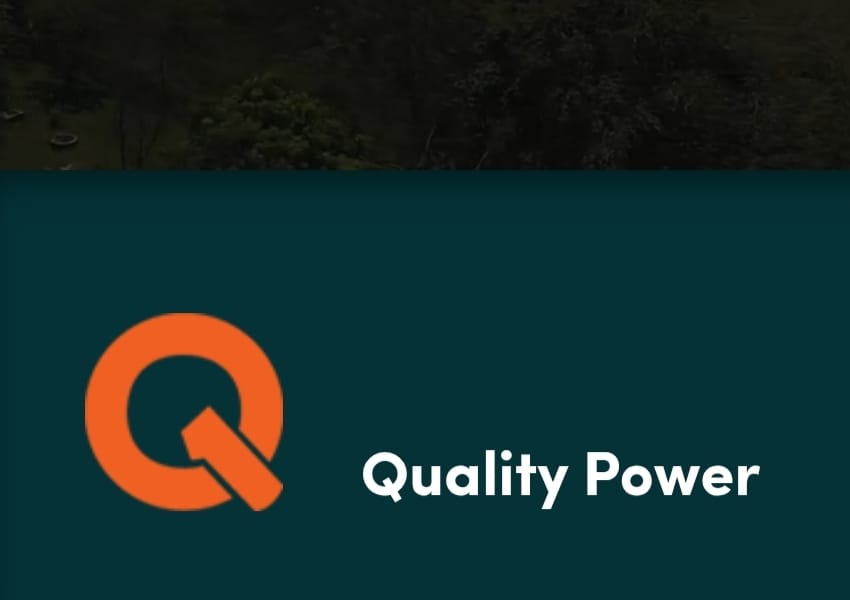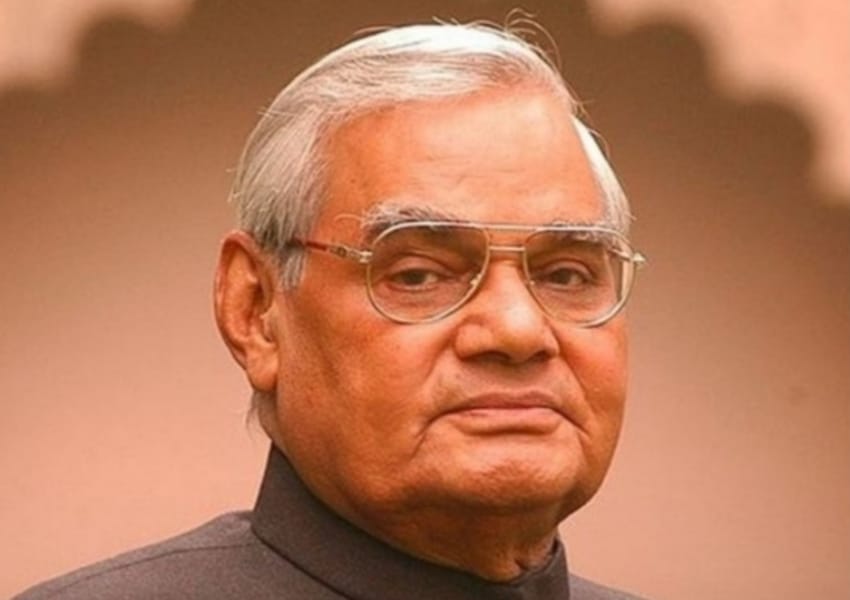Rooftop Solar Potential Could Be Critical To Energy Transition In India, Should Be Incentivised: Study

India’s rooftop solar potential is geographically spread across states, unlike other renewable technologies, such as utility-scale solar and wind projects
Over 25 crore households across India have the potential to install 637 GW of solar energy capacity on rooftops, revealed a recent independent report by the Council on Energy, Environment, and Water (CEEW) . The report also stated that deploying just one-third of this total solar technical potential could meet the entire electricity demand of India’s residential sector, which is approximately 310 TWh.
However, the technical potential decreases to one-fifth (118 GW) when considering the current electricity consumption of households. The report highlighted that for many low-consumption households, solar may not be economically feasible without financial support, despite being technically possible.
The potential further reduces to 11 GW when no capital subsidy is considered, the payback period for rooftop solar is limited to five years, and consumer willingness to invest in rooftop solar is factored in, according to the report.
As of now, India has installed 11 GW of rooftop solar capacity, with only 2.7 GW in the residential sector. The CEEW report conducted a bottom-up analysis across 21 Indian states, covering 97 per cent of the country’s population. It identified that 60 percent of the residential rooftop potential is concentrated in seven states: Uttar Pradesh, Maharashtra, West Bengal, Odisha, Rajasthan, Andhra Pradesh, and Tamil Nadu.
India’s rooftop solar potential is geographically spread across states, unlike other renewable technologies, such as utility-scale solar and wind projects. This distributed potential could play a crucial role in the energy transition ambitions of states. Rural areas exhibit higher technical potential based on residential rooftop area (363 GW) compared to urban areas across states (274 GW).
Arunabha Ghosh, CEO of CEEW, emphasised the need for India’s solar energy revolution to extend to households to achieve its full potential. He stated that CEEW’s study underscores the substantial capacity of solar systems that both rural and urban households can deploy, contributing not only to a transition to clean energy but also addressing the fundamental need for access to power.
The report also highlighted that residential awareness of rooftop solar systems was less than 50 per cent nationally in FY 2020, with most states falling between 30 and 50 percent. While Gujarat residents showed the highest willingness to install rooftop solar systems at 13 percent (compared to the national average of 5 percent), perceived high costs remained a barrier to adoption.
Another CEEW study released on Thursday emphasised the economic benefits of solarising residential households, particularly for power distribution companies (discoms). The study on solarising rural households in Bihar and Meghalaya projected lifetime economic gains of Rs 2,700 crore per 100 MW of solar capacity to discoms, attributed to reduced cross-subsidy burden, improved transmission and distribution losses, and a lower average cost to serve consumers.
The CEEW study recommended targeted capital subsidies for consumers, particularly for rooftop solar systems of 0–3 kW, and recognising systems below 1 kW in policies and regulations. At the state level, creating a one-stop platform for rooftop solar to provide basic, reliable, and compelling information and, at the national level, rolling out awareness campaigns to generate demand were suggested measures.










































































































































































































































































































































































































































































































































































































































































































































































































































































































































































































































































































































































